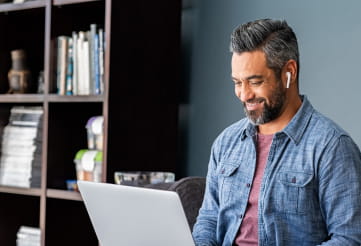Head lice are notoriously difficult to treat as they have an extremely high re-infestation rate, especially amongst school children. Combined treatment of wet combing and a head lice lotion or spray can prove effective, however preventative measures must also be put in place to prevent recurrence.
Treatment for head lice now favours using oil or silicone-based products (such as Hedrin) as traditional insecticides now have a high rate of resistance and are becoming less effective.
Remember you should only start treatment if lice head lice are found; eggs/nits alone are not enough to diagnose a head lice infestation.
A typical treatment regime for treating an active head lice infestation is:
Wet Combing
- Wash the hair using plenty of shampoo, apply generous amounts of conditioner and brush through using a normal comb
- Systematically work through the hair using a detection comb by placing the bevel-edge lightly against the scalp and drawing the comb all the way down to the end of the hair
- Check the comb between each stroke and rinse off and head lice that may be present
- Rinse out the conditioner and repeat the detection combing procedure
- Repeat this procedure every 3 days for at least 2 weeks to remove newly hatched lice before they can lay eggs
Head Lice Lotion/Spray
Head lice lotions or sprays are the best over-the-counter treatments for head lice and can be used in combination with wet combing to fully treat an infestation. Rinses and shampoos are generally not as effective.
You should ensure you have enough to treat everyone who has a confirmed infestation, taking in account the length and type of their hair. They are normally applied to dry hair and left on for between 10 minutes and 8 hours. You should check the individual products for specific usage instructions.
Head lice treatments do not always kill the eggs so it is normally advised to repeat the application after around 7 days. You should check for live lice around 3- 5 days after using the treatment and again after 10 -12 days although if you are also wet combing this will not be necessary.
It is not normally necessary to see your GP for head lice treatment although persistent infestations may need to be investigated. It is not normally advisable to treat babies under 6 months old, pregnant women or people with asthma or allergies without consulting a healthcare professional.



